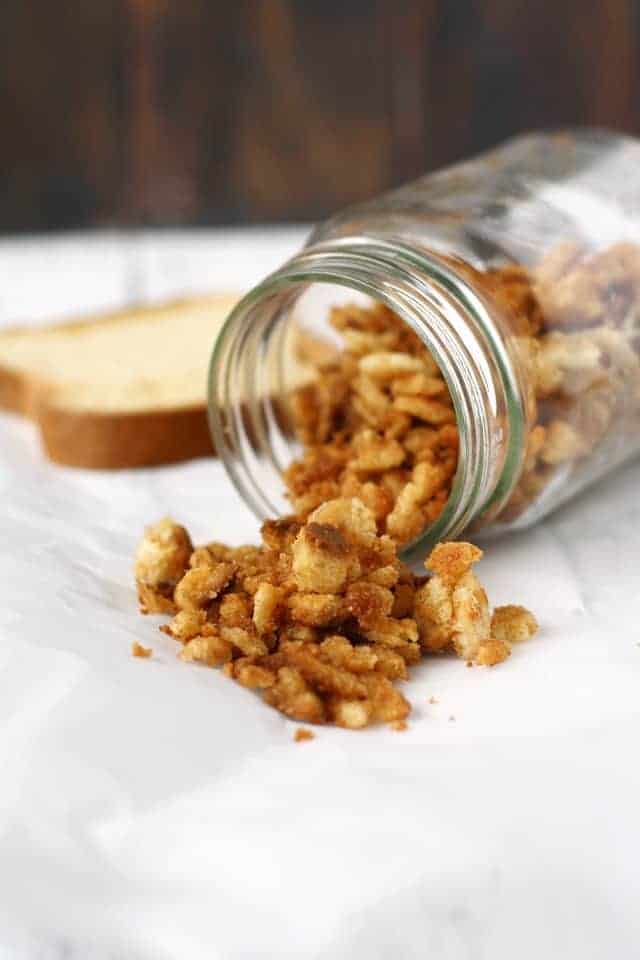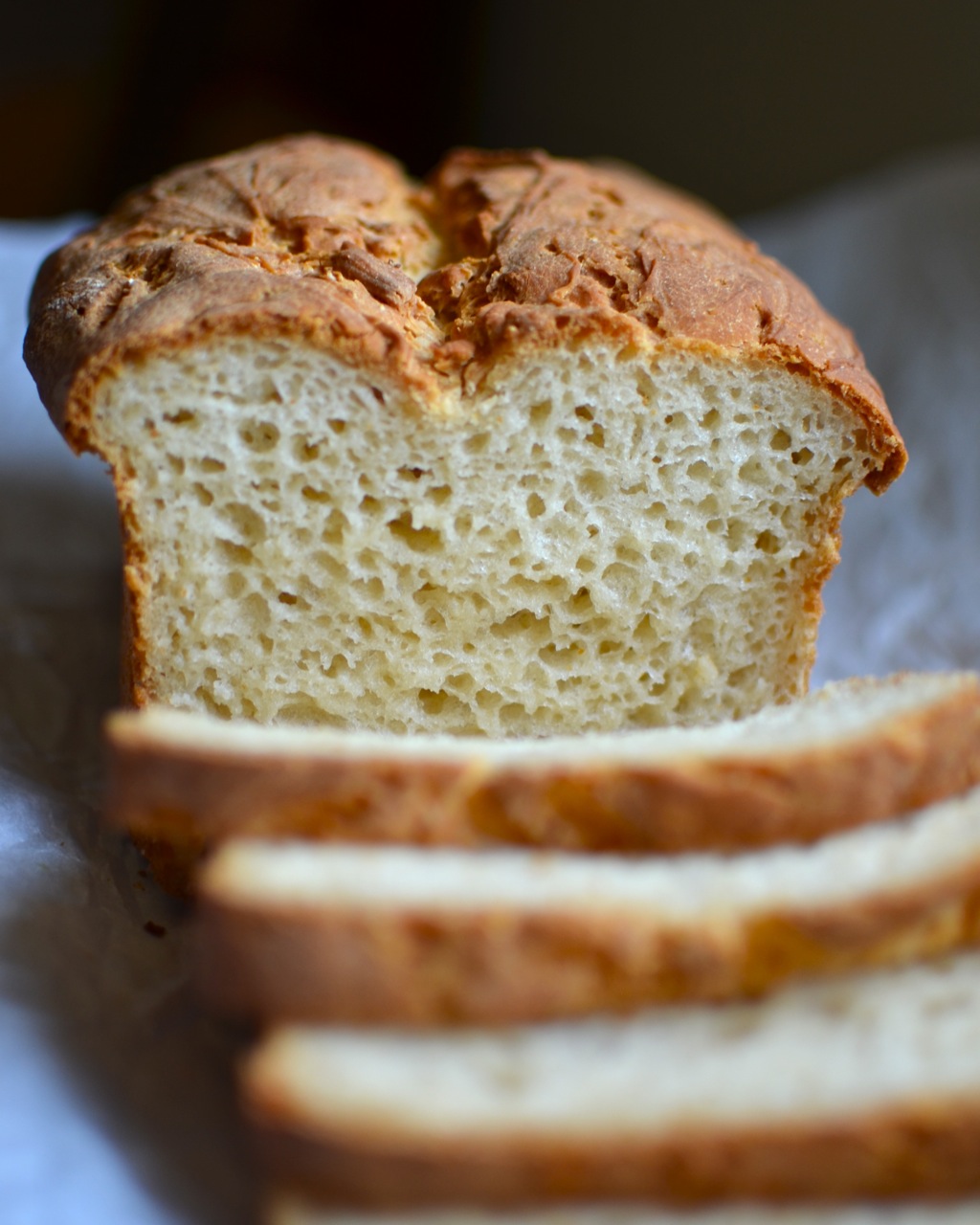

“There were a lot of smaller gluten-free companies that were mom-and-pop-type shops,” Steven Singer, the co-founder of Glutino, said in an interview last month with the Globe and Mail. Goya and ShopRite both had booths at the expo so did Glutino, which was founded in 1983 and has grown into a gluten-free conglomerate. As with organic food, which was at first sold almost exclusively by outlets with a local clientele, the market is controlled increasingly by corporations. The growing list of gluten-free options has been a gift for many children, who no longer have to go through life knowing that they will never eat pizza, cookies, or cake. Sales of gluten-free products will exceed fifteen billion dollars by 2016, twice the amount of five years earlier.

It’s been five years since I had biscotti. But I know how I felt, how I feel, and what I did to make it change.” She went on, “I’m a foodie. That explanation is probably not scientific enough for you. I know that I’m intolerant because I gave it up and I felt better. “I would have headaches, nausea, trouble sleeping. “I’ve been gluten-free these last four years, and it has changed my life,’’ Marie Papp, a photographer, told me at the expo. (Gluten is also found in rye and barley a gluten-free diet contains neither these grains nor wheat.) The syndrome has even acquired a name: non-celiac gluten sensitivity. One study that tracks American restaurant trends found that customers ordered more than two hundred million dishes last year that were gluten- or wheat-free. Nearly twenty million people contend that they regularly experience distress after eating products that contain gluten, and a third of American adults say that they are trying to eliminate it from their diets. Gluten sensitivity, he writes, “represents one of the greatest and most under-recognized health threats to humanity.’’ David Perlmutter, a neurologist and the author of another of the gluten-free movement’s foundational texts, “Grain Brain: The Surprising Truth About Wheat, Carbs, and Sugar-Your Brain’s Silent Killers,” goes further still. Davis believes that even “healthy” whole grains are destructive, and he has blamed gluten for everything from arthritis and asthma to multiple sclerosis and schizophrenia. But, led by people like William Davis, a cardiologist whose book “Wheat Belly” created an empire founded on the conviction that gluten is a poison, the protein has become a culinary villain. Until about a decade ago, the other ninety-nine per cent of Americans rarely seemed to give gluten much thought. Even reusing water in which wheat pasta has been cooked can be dangerous. Eating in restaurants requires particular vigilance. People with celiac have to be alert around food at all times, learning to spot hidden hazards in common products, such as hydrolyzed vegetable protein and malt vinegar. For people with celiac disease-about one per cent of the population-the briefest exposure to gluten can trigger an immune reaction powerful enough to severely damage the brushlike surfaces of the small intestine. Humans have been eating wheat, and the gluten in it, for at least ten thousand years. Gluten also traps carbon dioxide, which, as it ferments, adds volume to the loaf. When bakers knead dough, that bond creates an elastic membrane, which is what gives bread its chewy texture and permits pizza chefs to toss and twirl the dough into the air. Gluten, one of the most heavily consumed proteins on earth, is created when two molecules, glutenin and gliadin, come into contact and form a bond. One man passed out packets of bread crumbs, made by “master bakers,” that were certified as gluten-free, G.M.O.-free, and kosher. Dozens of companies had set up tables, offering samples of gluten-free cheese sticks, fish sticks, bread sticks, and soy sticks. There was gluten-free artisanal fusilli and penne from Italy, and gluten-free artisanal fusilli and penne from the United States. There were gluten-free chips, gluten-free dips, gluten-free soups, and gluten-free stews there were gluten-free breads, croutons, pretzels, and beer.

Banners hung from the rafters, with welcoming messages like “Plantain Flour Is the New Kale.” Plantain flour contains no gluten, and neither did anything else at the exposition (including kale). Each year, the event wends its way across the country like a travelling medicine show, billing itself as the largest display of gluten-free products in the United States.
GLUTEN BREAD FREE
Just after Labor Day, the Gluten and Allergen Free Expo stopped for a weekend at the Meadowlands Exposition Center. Nearly twenty million Americans now say that they regularly experience stomach problems after eating products that contain gluten.


 0 kommentar(er)
0 kommentar(er)
